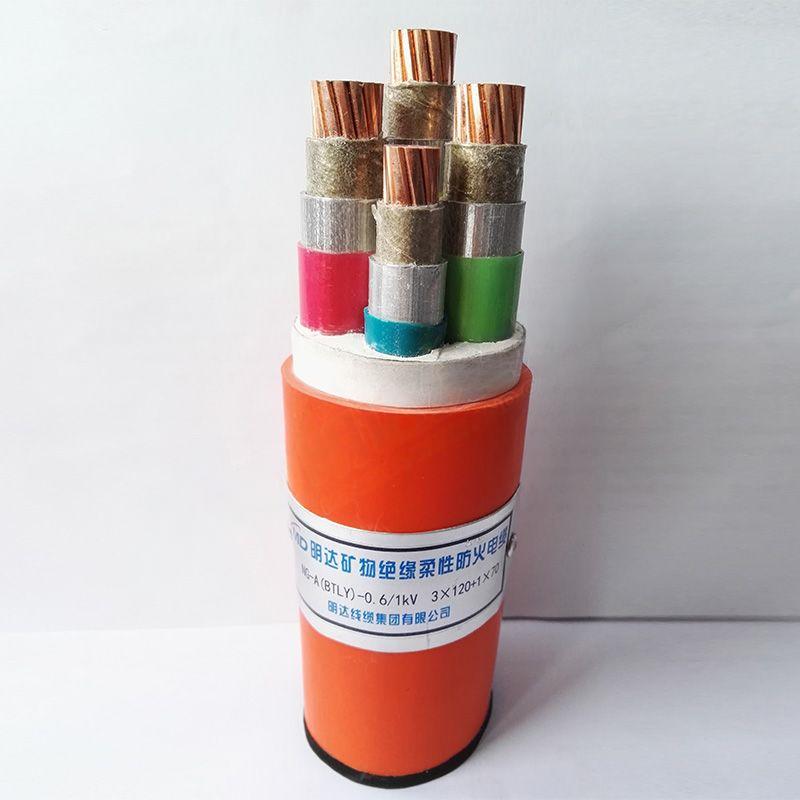9 月 . 04, 2024 14:17 Back to list
Dual Flap Check Valve - High Performance Backflow Prevention Solutions
Understanding the Dual Flap Check Valve
A dual flap check valve is an essential component in various fluid control systems, primarily used to prevent backflow in pipelines. This type of valve is particularly favored in applications involving water, wastewater, and many industrial liquids and gases due to its reliability and efficiency.
The design of the dual flap check valve consists of two hinged flaps, or discs, which open and close based on fluid flow. When the fluid flows in the intended direction, the flaps lift to allow passage. Conversely, if the flow attempts to reverse, the flaps close under the influence of gravity and fluid pressure, effectively preventing backflow. This mechanism not only protects the system from potential damage caused by reverse flow but also maintains the intended flow direction, ensuring the safety and efficiency of various operations.
One of the primary advantages of a dual flap check valve is its ability to handle larger volumes of fluid with minimal pressure drop
. The dual flaps create a more efficient passage for fluid flow compared to single-flap designs. This reduction in pressure loss translates to energy savings, making it an ideal choice for systems where efficiency is critical.dual flap check valve

Additionally, dual flap check valves are designed to withstand significant pressure levels, making them suitable for high-stress applications. Their robust construction typically involves durable materials such as stainless steel, PVC, or cast iron, ensuring longevity and reliability even in challenging environments.
Maintenance of dual flap check valves is relatively straightforward. Routine inspections can help identify any wear or debris that may impede the flap movement. In many cases, the valves can be serviced without the need for complete removal from the pipeline, enhancing overall efficiency and reducing downtime.
Installation considerations for dual flap check valves should not be overlooked. Proper alignment and support are crucial to ensure that the flaps operate correctly. It's also essential to place these valves in appropriate locations to maximize their backflow prevention capabilities.
In conclusion, dual flap check valves play a vital role in maintaining fluid integrity in various systems. Their efficient design, durability, and ease of maintenance make them a preferred choice for engineers and operators alike. By understanding their function and benefits, industries can better utilize these valves to enhance system performance and reliability, ultimately leading to more efficient operations.
Share
-
Understanding the Differences Between Wafer Type Butterfly Valve and Lugged Butterfly ValveNewsOct.25,2024
-
The Efficiency of Wafer Type Butterfly Valve and Lugged Butterfly ValveNewsOct.25,2024
-
The Ultimate Guide to Industrial Swing Check Valve: Performance, Installation, and MaintenanceNewsOct.25,2024
-
Superior Performance with Industrial Swing Check Valve: The Essential Valve for Any SystemNewsOct.25,2024
-
Industrial Swing Check Valve: The Ideal Solution for Flow ControlNewsOct.25,2024
-
You Need to Know About Industrial Swing Check Valve: Functionality, Scope, and PerformanceNewsOct.25,2024